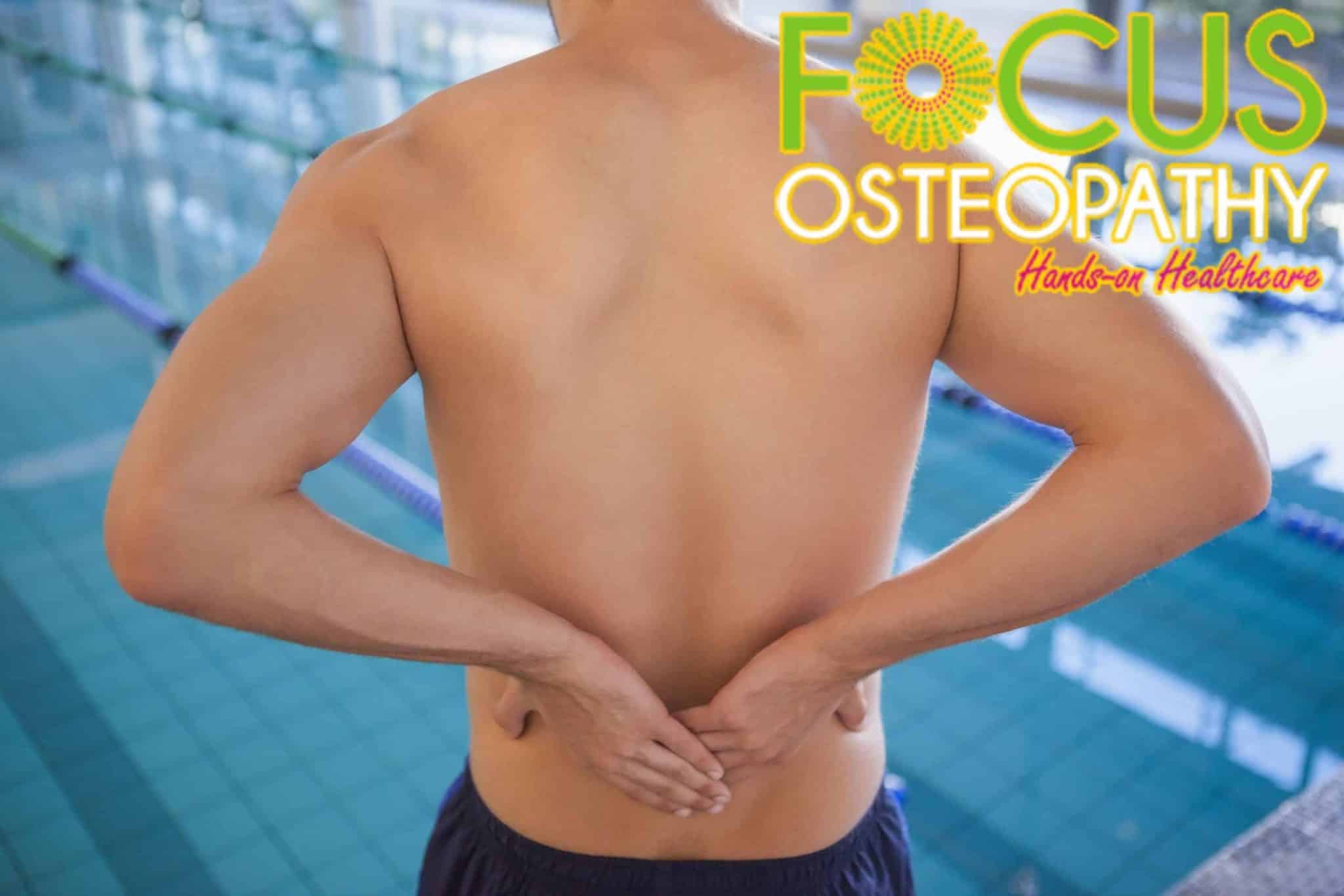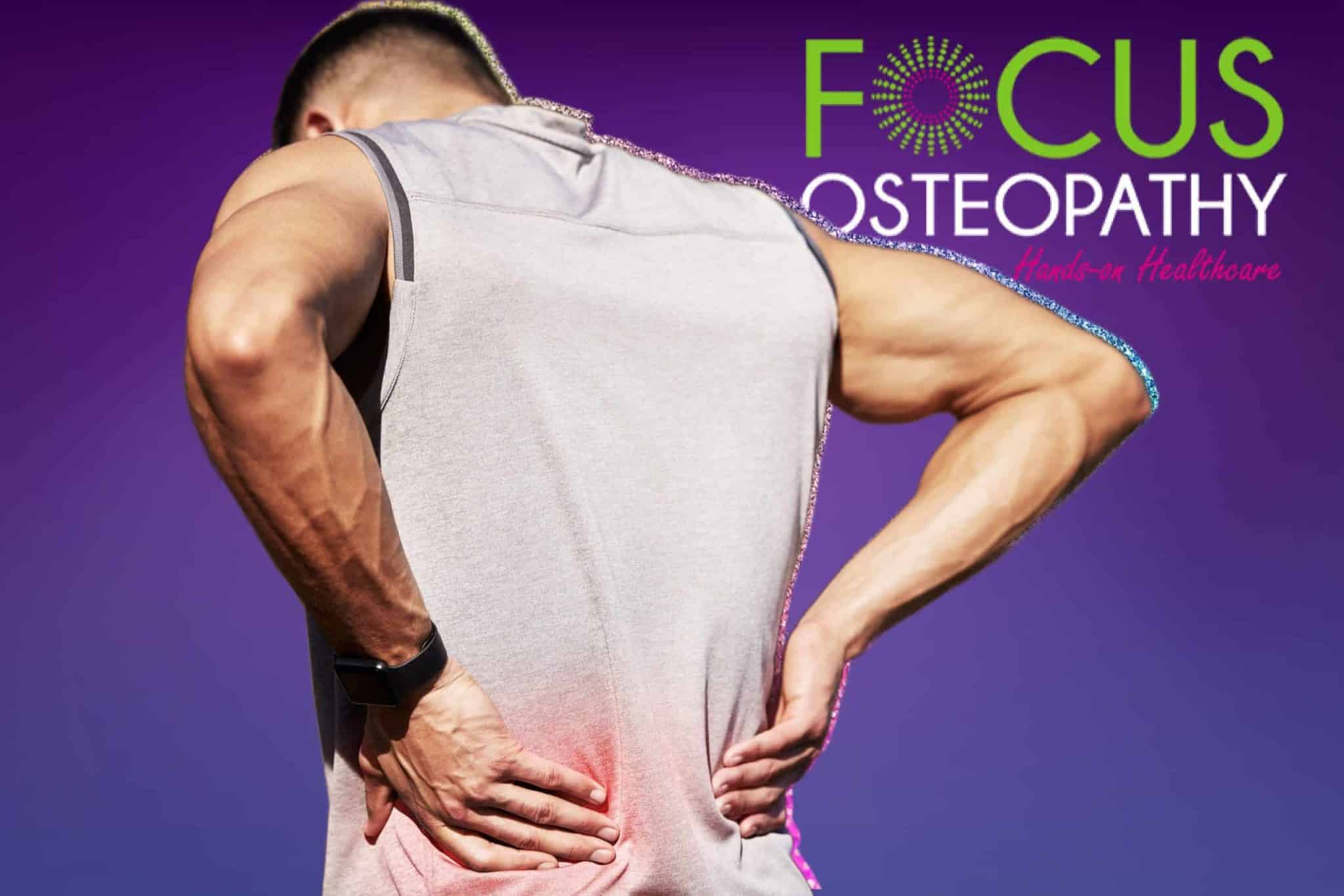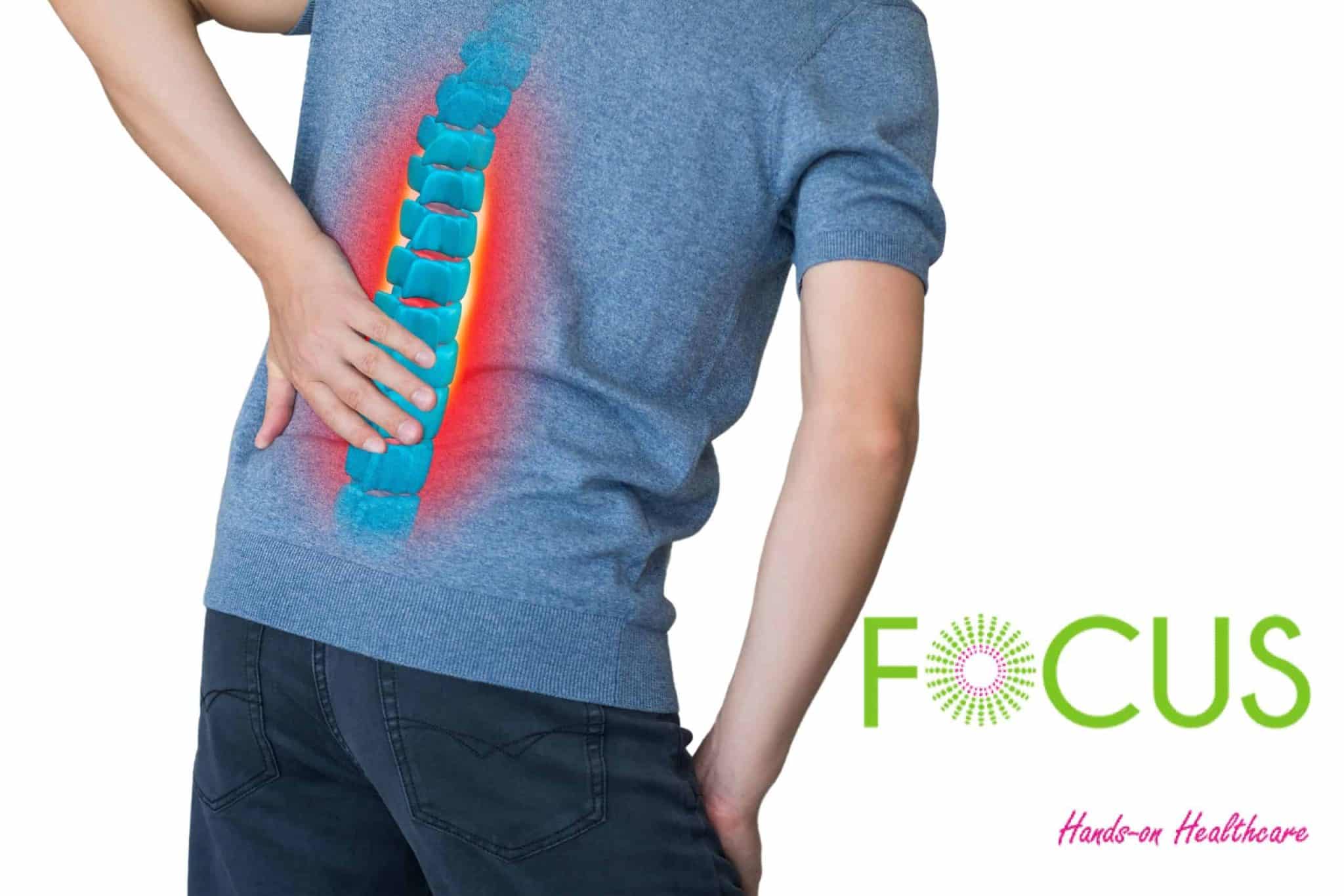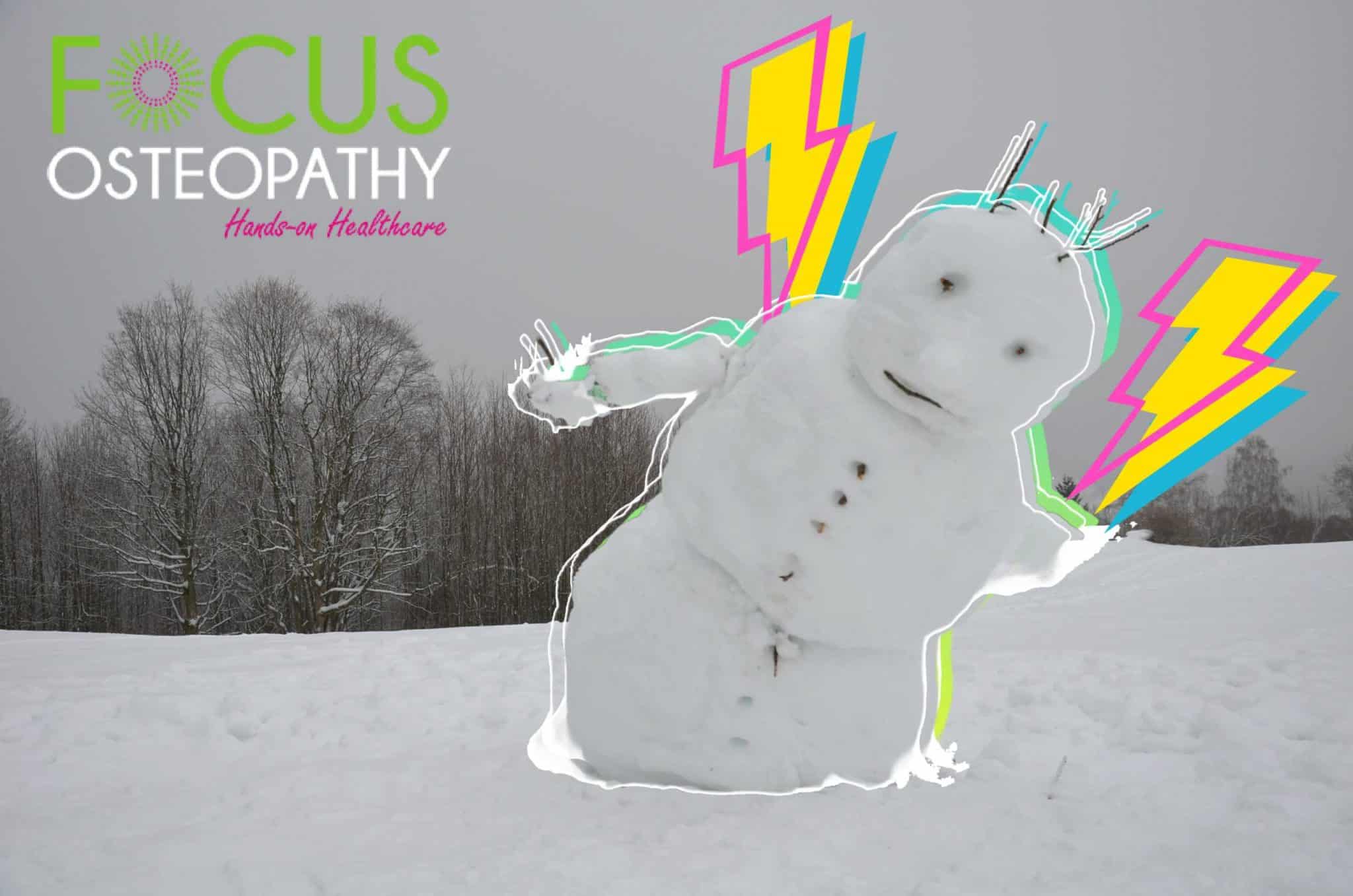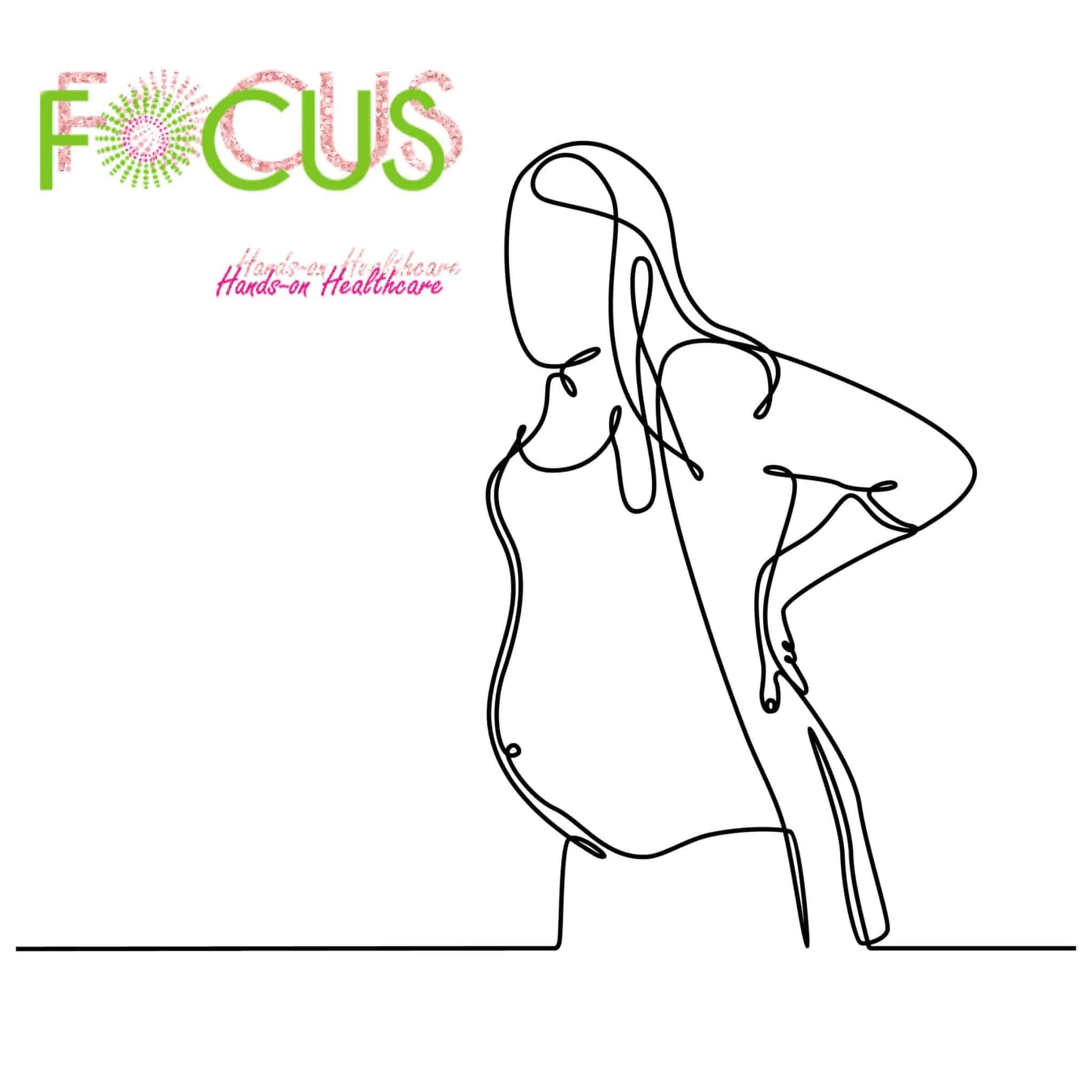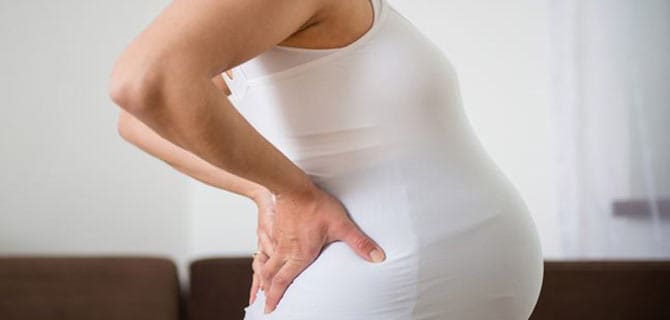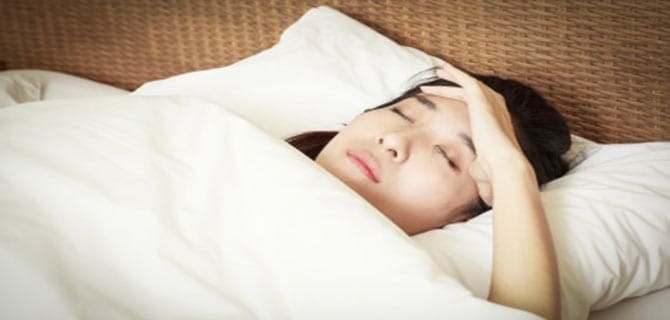4 Reasons Swimming Is Good For Back Pain
The pool’s quiet calm is inviting—a refuge for those burdened by the persistent weight of lower back pain. In the water’s embrace, buoyancy takes over, and relief becomes more than just a wishful thought. If lower back pain has been dampening your spirits, take heart. This blog is a gentle invitation to dip into the … Read more

